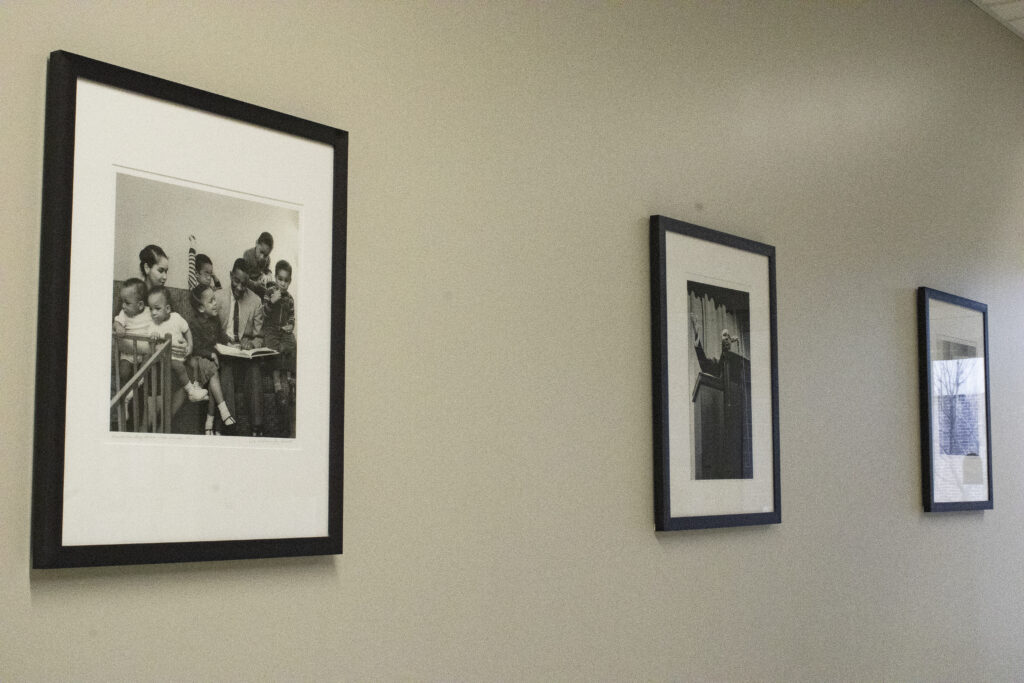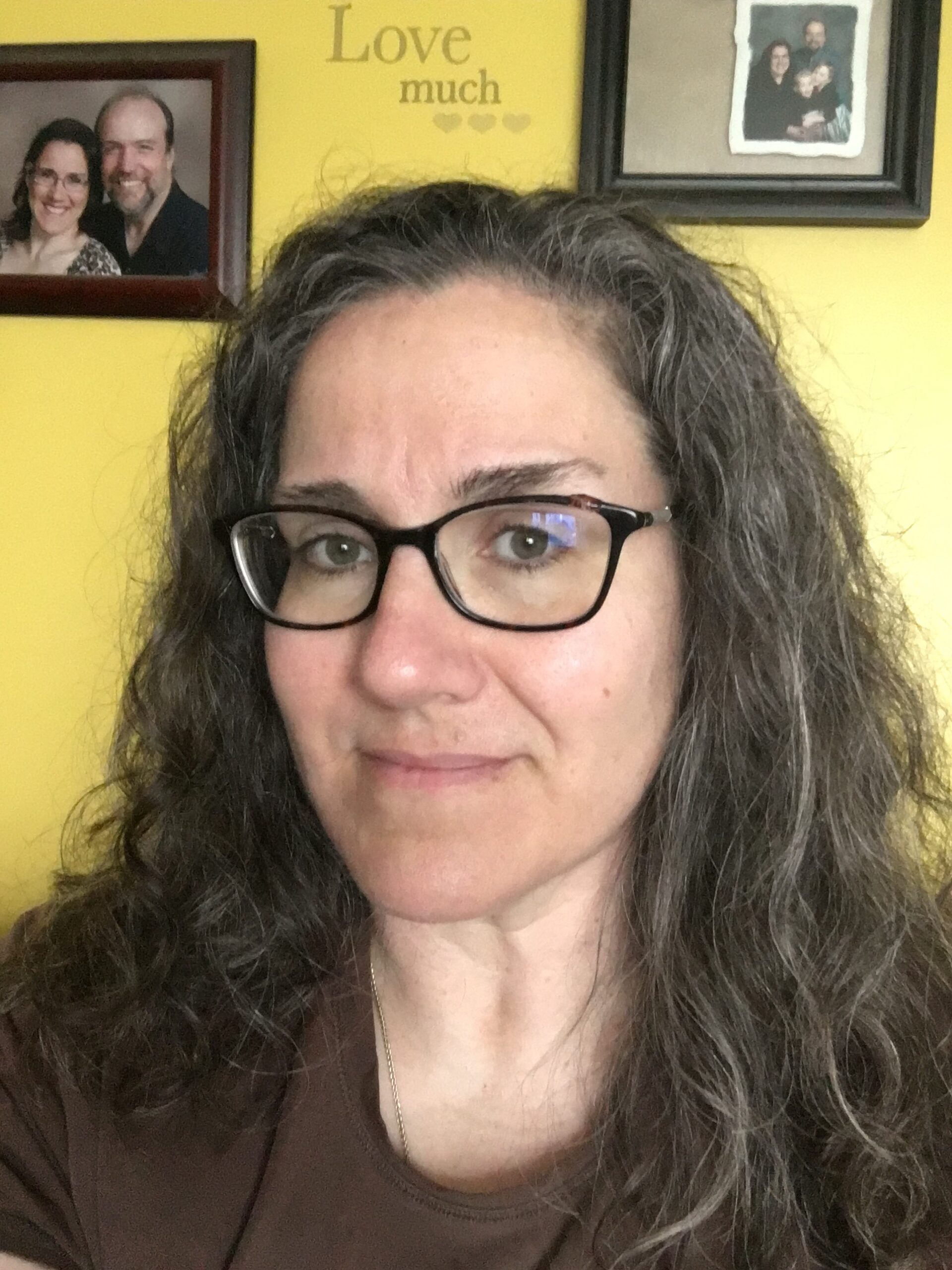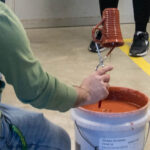
Editors note: This is the second article in a series on topics relating to race equity in Iowa, with a focus on Cedar Rapids.
In a rush between classes from one building on Kirkwood’s main campus to another, one might find themselves on the first floor of Cedar Hall.
A quick look at the photos on the walls reveals images which peek into a monumental time in history – the Civil Rights Movement. The photos were taken by Joan Liffring-Zug Bourret, an esteemed Iowa photographer and artist (https://humanrights.iowa.gov/joan-liffring-zug-bourret).
Some images on the walls capture well-known national figures, such as Martin Luther King, Jr. on a visit to Coe College, while others capture significant local figures.
Dr. Percy and Lileah Harris and their family are included in this display of images taken from the late 1950s and early 1960s in Cedar Rapids. Dr. Percy Harris, his wife Lileah and their children moved to Cedar Rapids in 1957 after Harris was accepted as an intern at Saint Luke’s Hospital. Dr. Harris was the first African American physician in Cedar Rapids, choosing the community to be where he would set up his medical practice, in the heart of the downtown district.
The Harrises faced difficulties when attempting to find and purchase a suitable home for their family. Agents showed them homes in historically black neighborhoods with inadequate sized offerings for their needs. Listings would quickly become “unavailable” once the Harrises came to view listings in white neighborhoods. No offers were accepted or even entertained for properties within white neighborhoods.
Local businessman Robert Armstrong of Armstrong Department Store, a fellow church member and friend of Harris, heard of the troubles the family was facing and was moved to action.
Armstrong donated a parcel of land next to his home in Indian Creek Hills, an all-white neighborhood in 1961, to Saint Paul Methodist Church which could be used for its capital campaign. Once donated, Saint Paul Methodist Church then moved to sell the land to the Harrises to build a home which would be accommodating for their growing family. This appeared to be a win-win solution for both the church and for the Harris family.
The meeting that ensued at Saint Paul’s to discuss and vote on the measure was filled with heated discussion with arguments both for and against the sale. The opening remarks, taken from an audio recording of the meeting (transcript can be found at http://littlevillagemag.com/wp-content/uploads/2017/04/MinutesofChurchConference.pdf) by Robert Armstrong are as poignant today as they were in 1961:
“There is a world issue today and that world issue is whether there are second-rate people in the world. Whether the white race is a supreme race, and whether men and women are entitled a life, liberty and the pursuit of happiness, regardless of their race, color or creed. And that is the reason that we can’t dodge this issue.”
The vote eventually passed 460 to 261, to allow the sale to Dr. Percy and Lileah Harris. The Harris family built the house, all 12 children were raised there and the Harrises continued to live the rest of their lives in the house. The greatest voiced concern during the vote, that of falling property values in the neighborhood, never came to pass.
This landmark moment did not end the housing discrimination in Cedar Rapids, but it did help a small number of professional African American families to purchase homes in more affluent areas of the city in the 60s and 70s. Social clubs, of which the Harrises were previously the only African American members, also moved toward more integration.
Both Dr. Percy and Lileah Harris were active in the community. Dr Harris was the Linn County Medical Examiner for 38 years, was the president of the local NAACP chapter and served on the board of many local organizations.
Lileah Harris served on the Cedar Rapids Human Rights Commission, was an active member of her church and PTA of her children’s schools and served as a firsthand example of lifelong learning, earning a bachelor’s degree in Russian from the University of Iowa at the age of 62.
The Harris home was inducted into the National Register of Historic Places on February 4, 2021, for its significance in the history of civil rights advancement, and is only the fourth such site designated in Iowa.
For a short video about the house and perspectives from the Harris children, visit https://www.youtube.com/watch?v=mbrBkxp_Ly4&t=299s.
To learn more about Dr. Percy and Lileah Harris visit https://issuu.com/stlukescr/docs/percyharris-online-11-24_lores.

Categories: Feature










